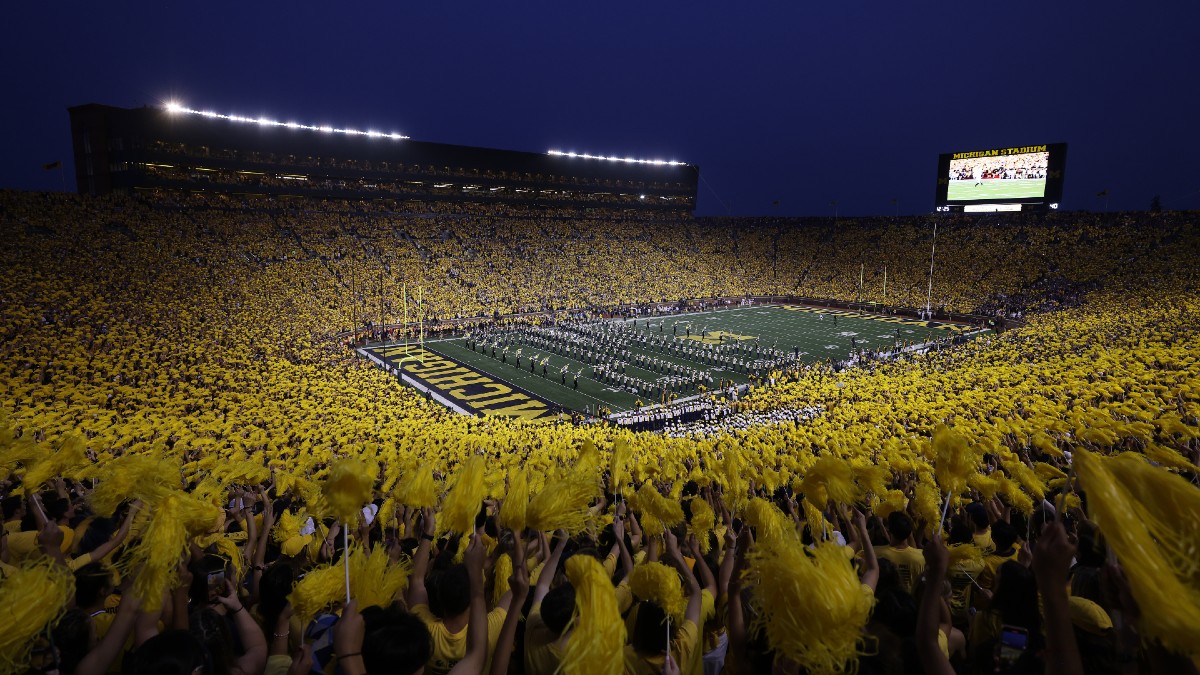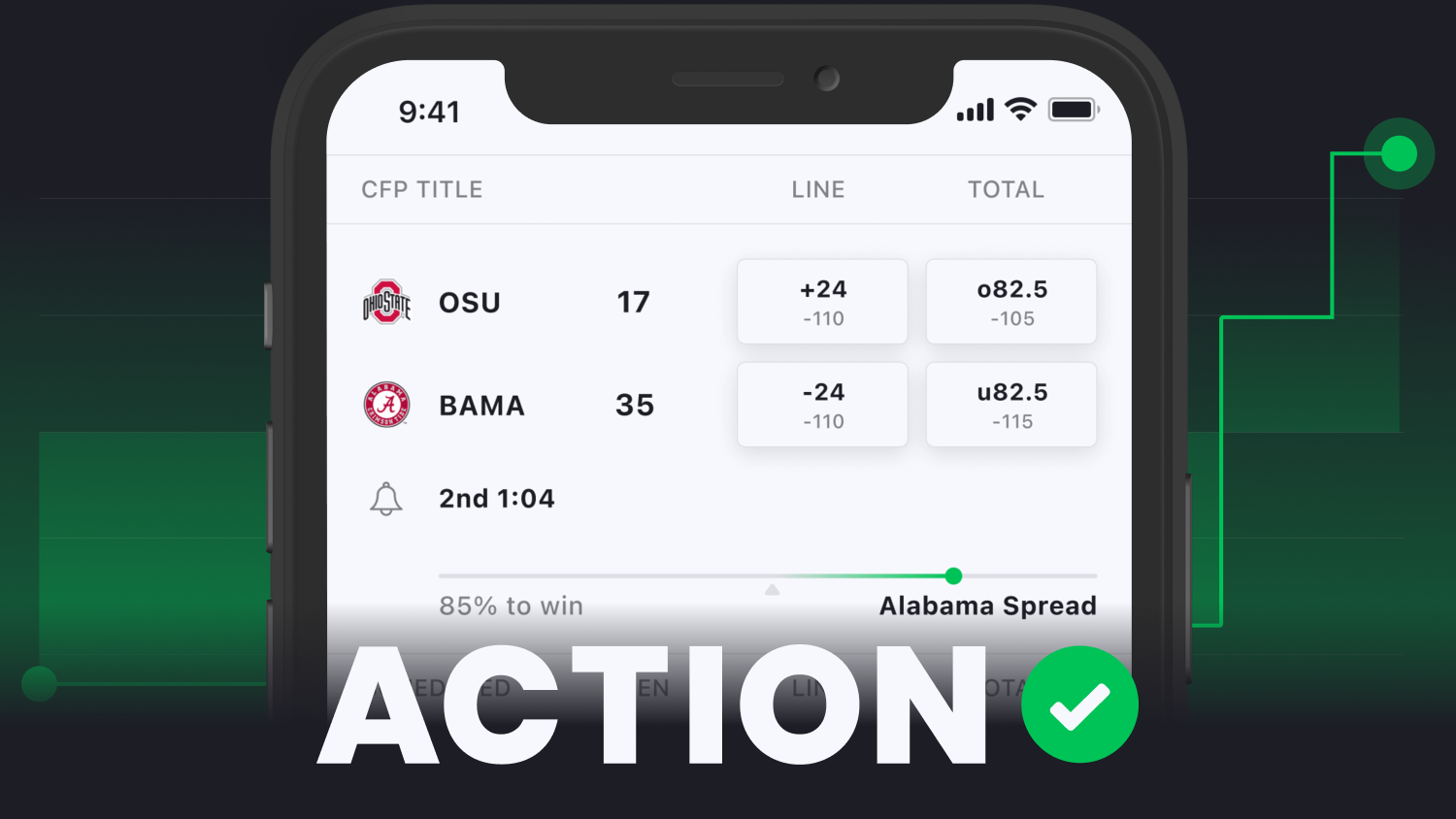What Is Home-Field Advantage Worth For Every College Football Team in 2022?
Gregory Shamus/Getty Images. Pictured: Michigan Stadium.
Some of the most controversial sports conversations come inside airport bars. A traveler must know that Hartsfield-Jackson is prime SEC territory, while O'Hare International is a beacon for Notre Dame and Big Ten football.
A recent heated debate came from a Chicago Chili's bar just outside of Terminal 2, with an Indiana fan using average stadium size as evidence that the Big Ten dominates home-field advantage. A Tennessee alum argued that no Big Ten coach has been targeted by a mustard bottle and golf ball from opposing fans.
Lane Kiffin got hit by a golf ball from the stands in Knoxvillepic.twitter.com/ZrNyqCPCRh
— Sports Illustrated (@SInow) October 17, 2021
Home-field advantage comes in many forms from crowd hostility, elevation, and renovated end zones down to keeping the student section filled with actual students.
Air Force and Wyoming have the highest elevations of any home field in the FBS, while the use of cowbells was a heavy topic just a decade ago in Starkville. Both contribute to receiving favorable calls from the referee crew or forcing opponents to be unprepared for playing in altitude.
Before the age of advanced analytics, the common theme was to assign home-field numbers based on attendance size. The standard 2.5 points for each home team was soon adopted, discarding the environmental elements that could be an advantage.
The introduction of PAE (points above expectation) derives from an expected outcome in points versus actual results. These methods may be useful in determining straight-up results, but none of them assess if teams are beating the spread on a consistent basis.
Action Network builds home-field advantage based upon weighted time periods of beating oddsmakers' expectations.
Using a Taylor series based on spread results over a three- and 10-year sample size creates a single data point to generate a derivative of the standard 2.5 points.
For example, Tulane has covered the spread at home 64% of the time since 2012 and 70% over the past three seasons. Our formula gives the Green Wave four points of home-field advantage, a large deviation from 2.5.
The debates will continue in airports, backyard watch parties and anywhere college football fans gather. Programs are evolving with NIL and the transfer portal, but referencing more than 50 home games over the past decade is a big enough sample size for a conclusion.
The true answer to home-field advantage is simply which teams are consistently beating oddsmakers at home.
How would you rate this article?





